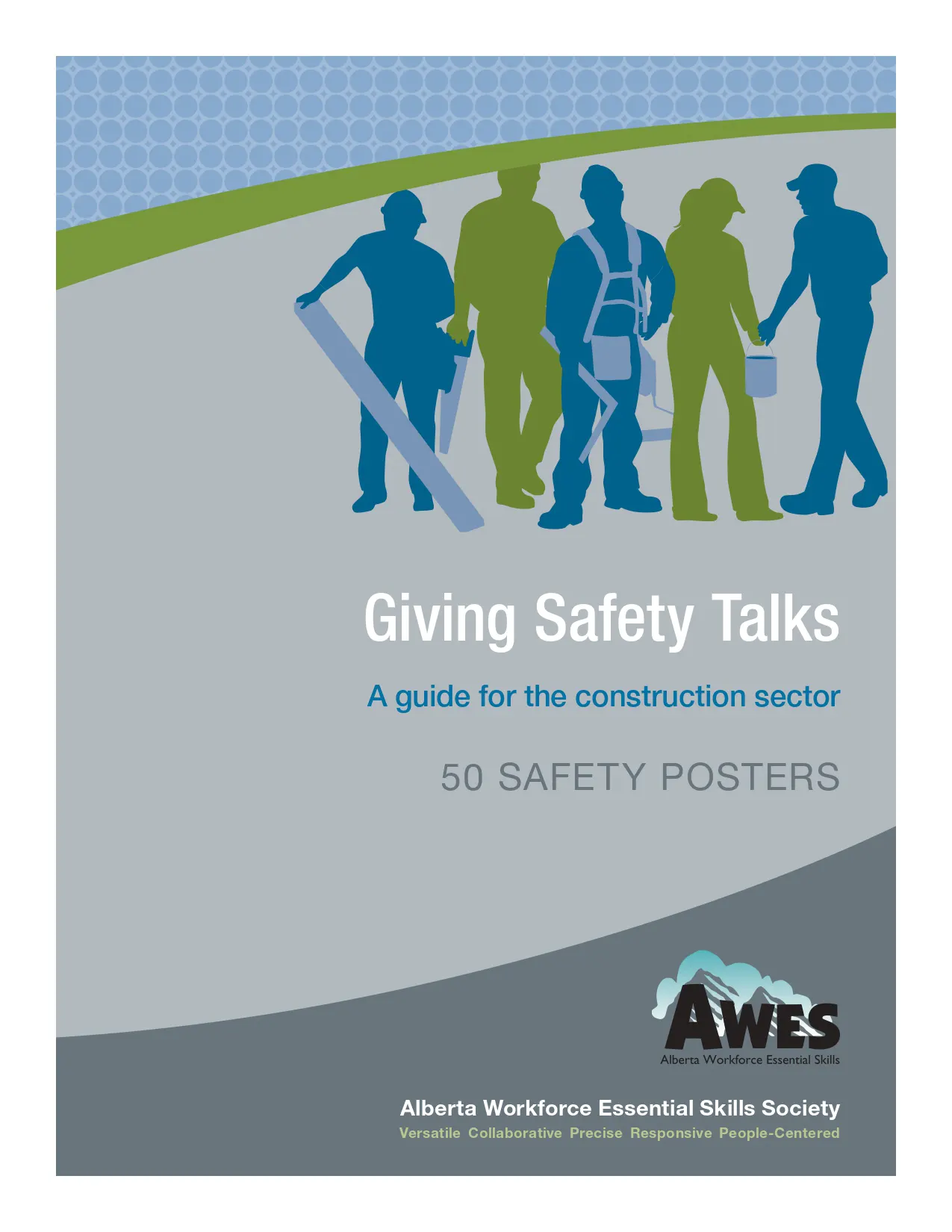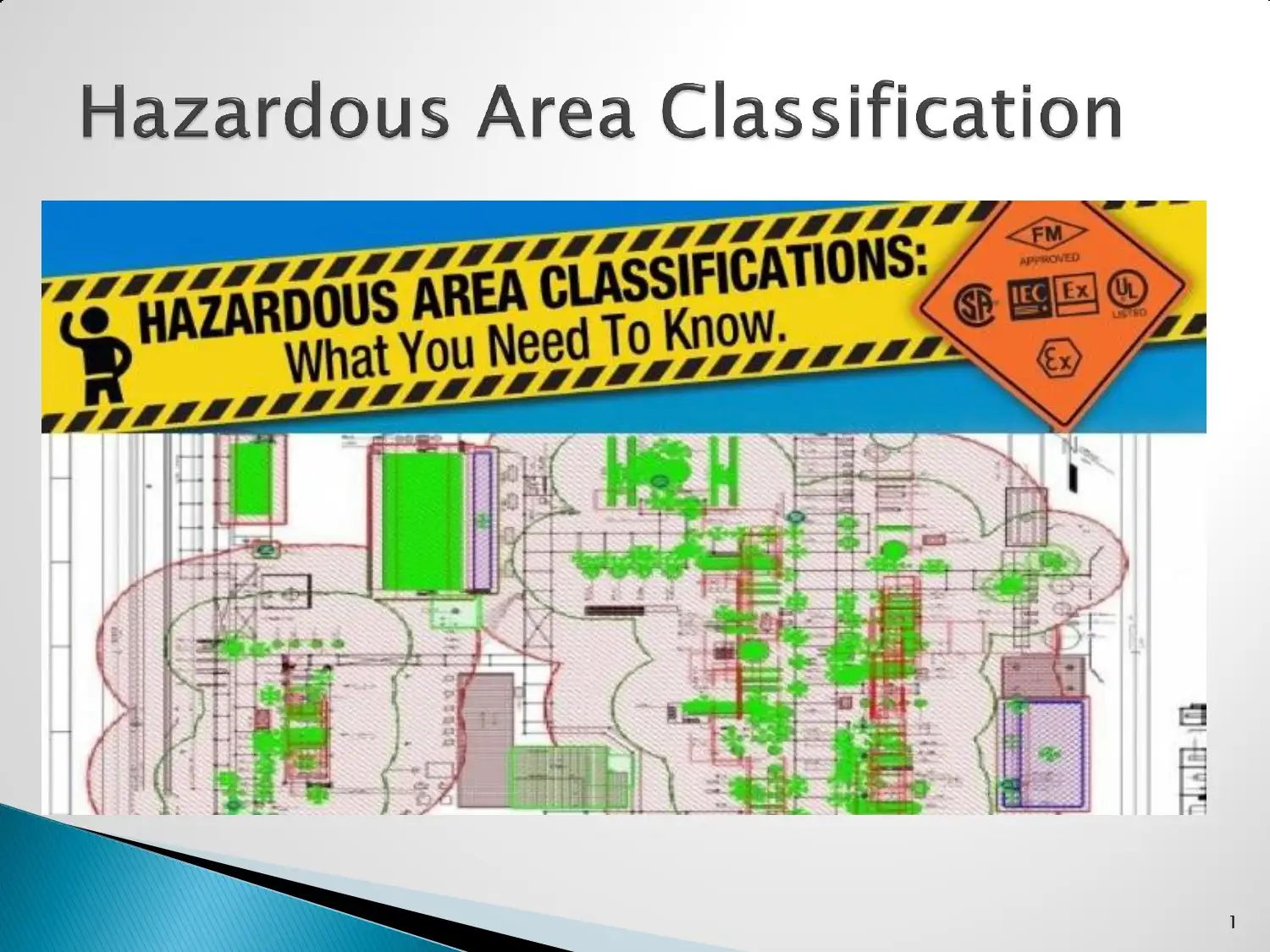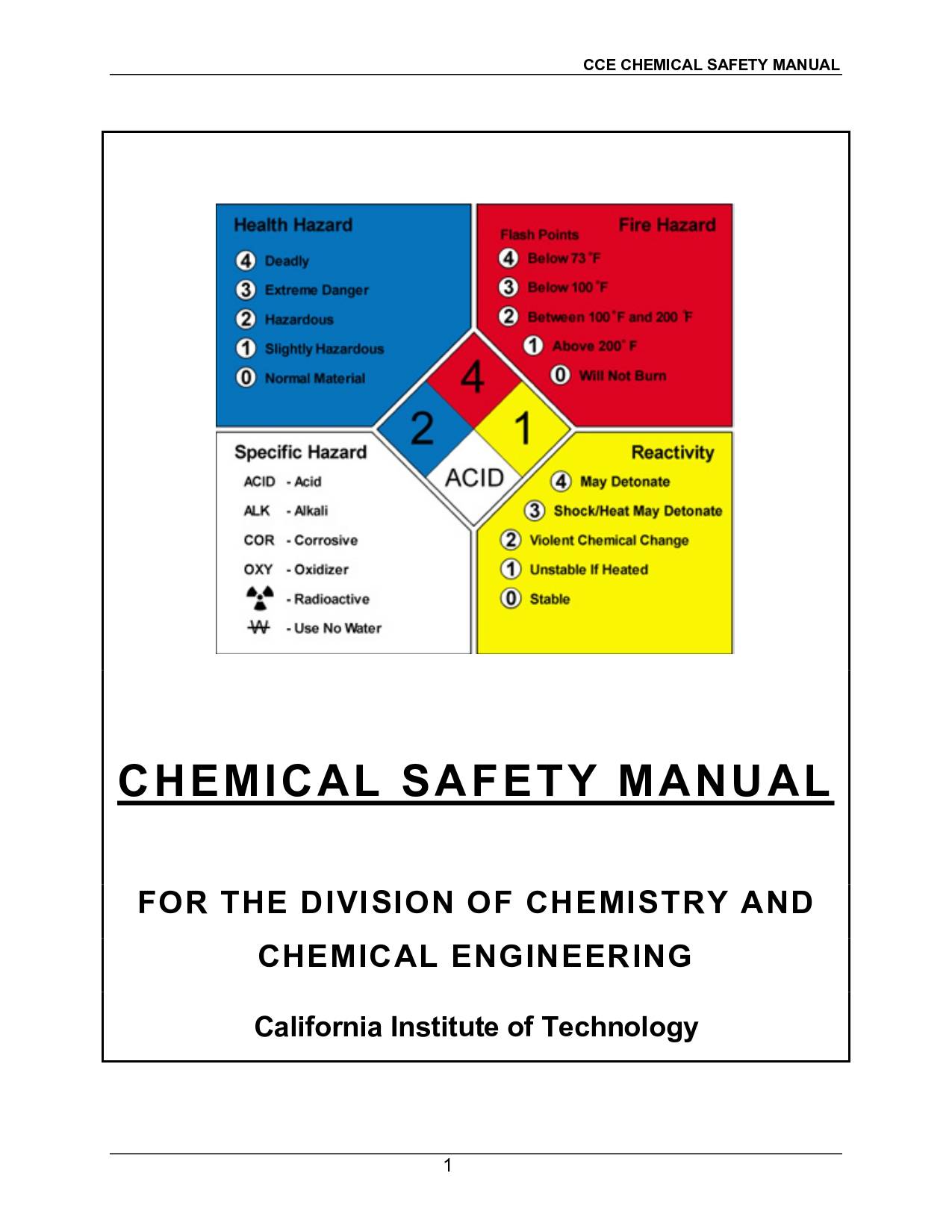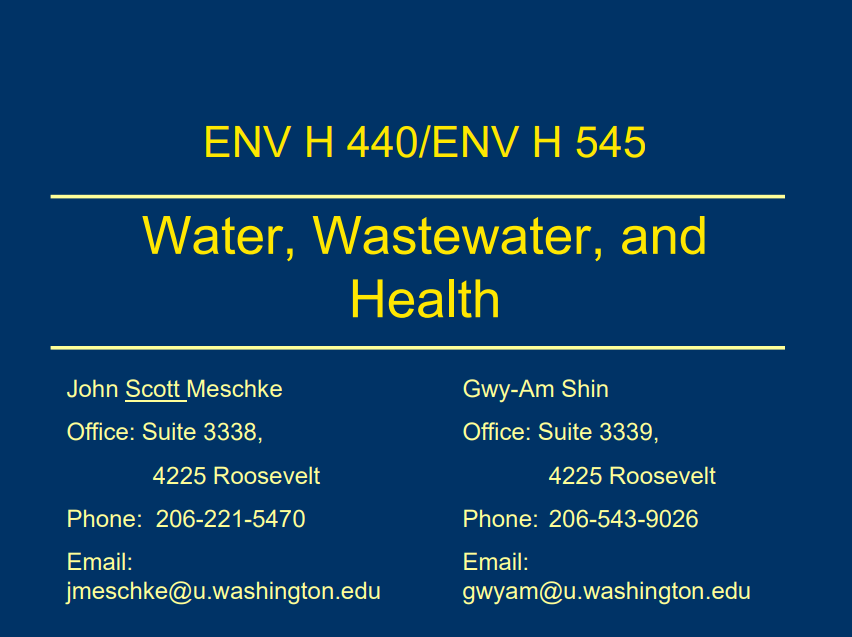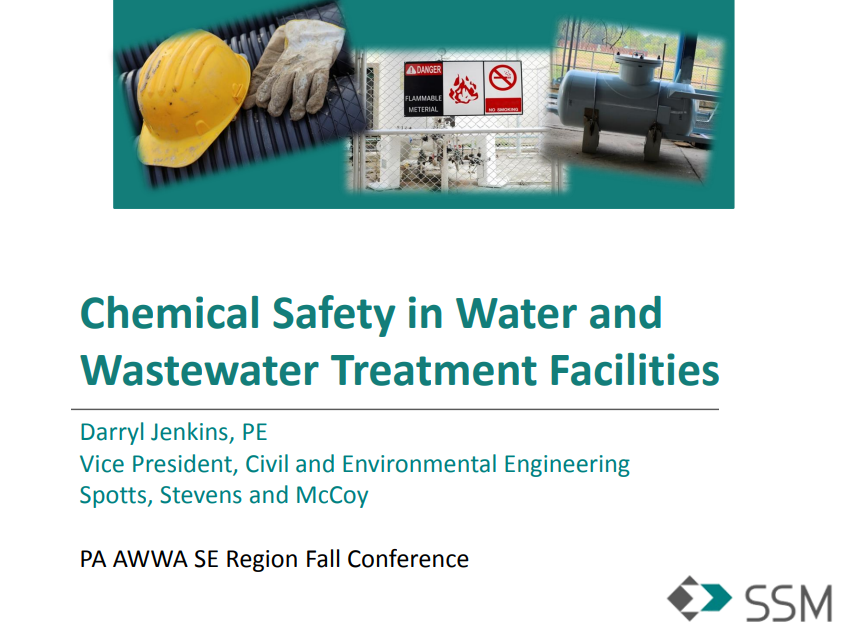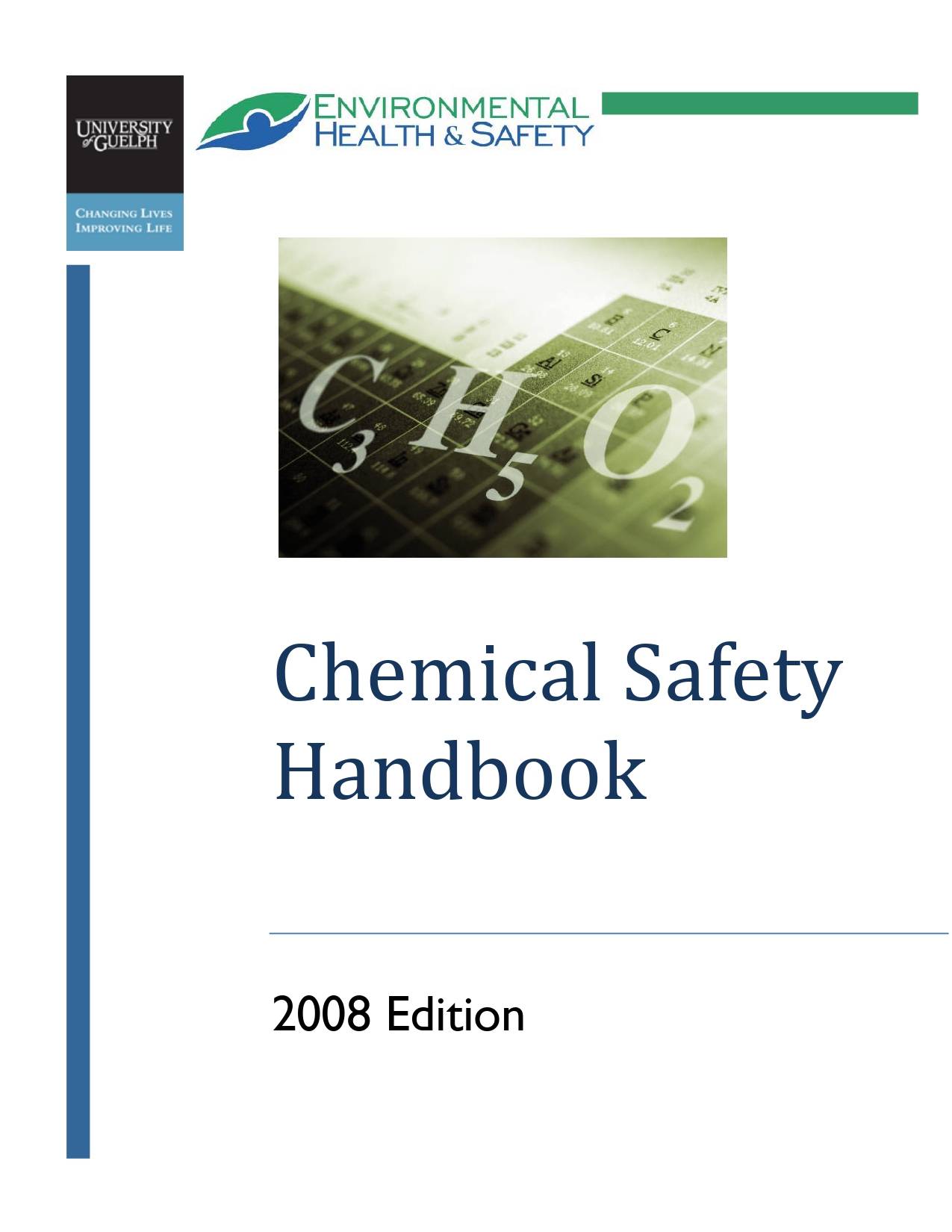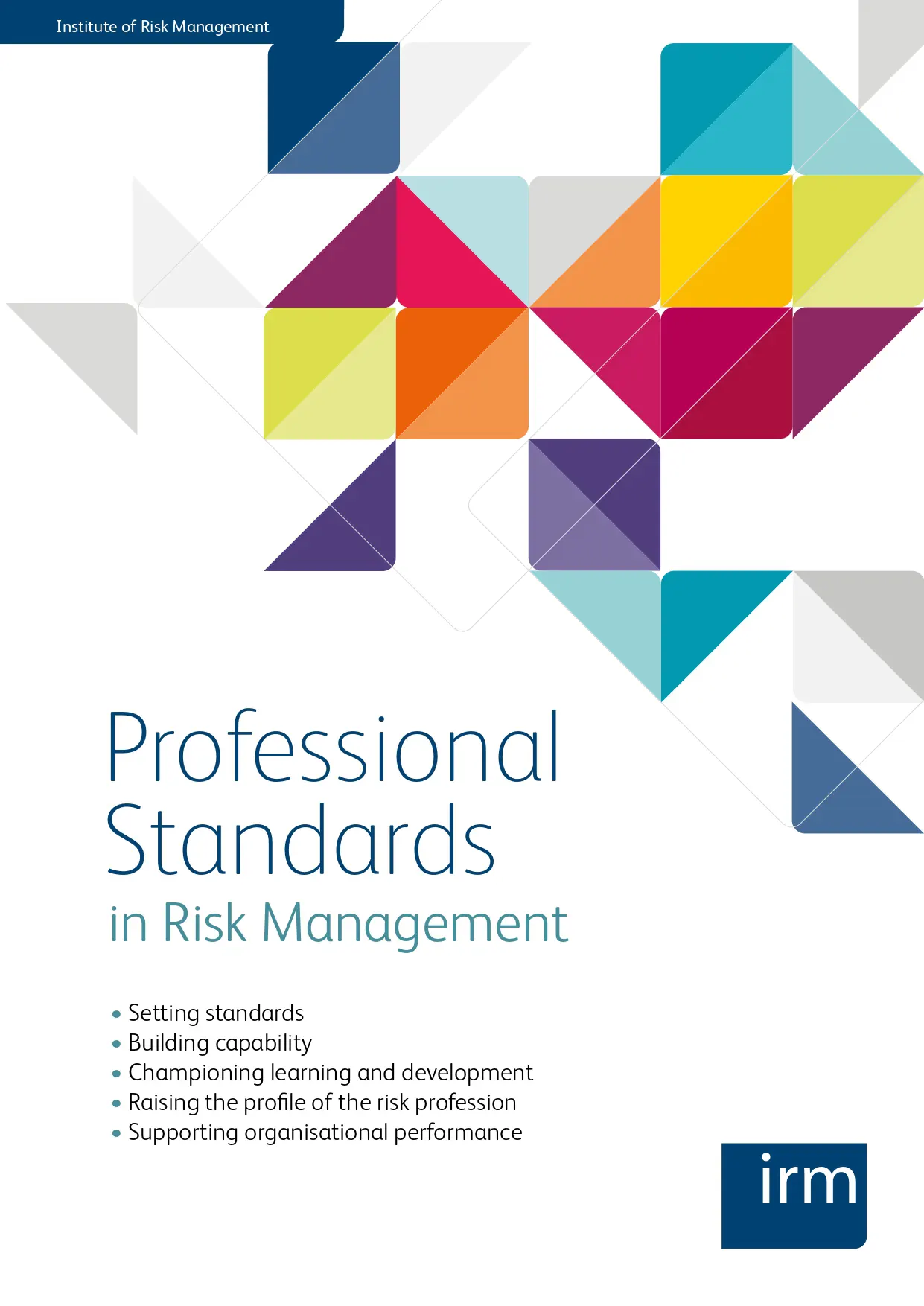Giving Safety Talks A Guide For The Construction Sector
Introduction and Importance
Biohazardous infectious material contains organisms that can cause diseases such as HIV/AIDS, Hepatitis B, and Salmonella in humans or animals. These materials are usually found in hospitals and laboratories. However, you could! nd them at work. Universal Precautions are guidelines to help protect you from exposure to infectious diseases spread by blood or body fluids.
Consequences
Biohazardous infectious materials can cause AIDS, hepatitis, or other diseases. 157 disabling injury claims took place in 2007 – primarily in the Health Care profession. Procedure/Practice
If your work requires you to handle biohazardous infectious materials, ask your supervisor for training so you understand the hazards, roles, responsibilities, and regulations you are to follow. Wear the proper PPE as every tissue or fluid is to be considered dangerous. Make sure you have a tetanus immunization every 10 years. Trash bins in the Health & Safety department may contain infectious materials. Be careful in this area.
Giving Safety Talks A Guide For The Construction Sector
Introduction and Importance
Biohazardous infectious material contains organisms that can cause diseases such as HIV/AIDS, Hepatitis B, and Salmonella in humans or animals. These materials are usually found in hospitals and laboratories. However, you could! nd them at work. Universal Precautions are guidelines to help protect you from exposure to infectious diseases spread by blood or body fluids.
Consequences
Biohazardous infectious materials can cause AIDS, hepatitis, or other diseases. 157 disabling injury claims took place in 2007 – primarily in the Health Care profession. Procedure/Practice
If your work requires you to handle biohazardous infectious materials, ask your supervisor for training so you understand the hazards, roles, responsibilities, and regulations you are to follow. Wear the proper PPE as every tissue or fluid is to be considered dangerous. Make sure you have a tetanus immunization every 10 years. Trash bins in the Health & Safety department may contain infectious materials. Be careful in this area.
Hazardous Area Classification
Ignition sources
Open flames - matches, welding, etc.
Electrical sparking.
Spontaneous ignition.
Static electricity.
Hot surfaces.
Smoking
Hazardous Area Classification
Ignition sources
Open flames - matches, welding, etc.
Electrical sparking.
Spontaneous ignition.
Static electricity.
Hot surfaces.
Smoking
CCE Chemical Safety Manual
Safety plan for the Division of Chemistry and Chemical Engineering
Training in Safety is required for everyone in the CCE Division. Before being issued a key and beginning work, each new member must have documented training in the
following areas. Training is provided at Three Levels for new employees:
1. Safety Orientation - for all new employees, including office staff
Safety organization structure
Right to know
Medical trips and reporting
Safety equipment
Evacuation plan for fire and earthquake
2. Laboratory Safety - for researchers in chemical laboratories
Safety equipment available
Films on proper practice
Electrical Equipment spark/hazards
Labeling of chemicals
Chemical disposal
Spill Clean up
Inspection procedure
Routine
Prestart up inspection
Chemical Hazard
Hazard classification guide
Carcinogen, tetragon
3. Group Safety - procedures will be developed by each research group
Biological hazards*
Vacuum line
CCE Chemical Safety Manual
Safety plan for the Division of Chemistry and Chemical Engineering
Training in Safety is required for everyone in the CCE Division. Before being issued a key and beginning work, each new member must have documented training in the
following areas. Training is provided at Three Levels for new employees:
1. Safety Orientation - for all new employees, including office staff
Safety organization structure
Right to know
Medical trips and reporting
Safety equipment
Evacuation plan for fire and earthquake
2. Laboratory Safety - for researchers in chemical laboratories
Safety equipment available
Films on proper practice
Electrical Equipment spark/hazards
Labeling of chemicals
Chemical disposal
Spill Clean up
Inspection procedure
Routine
Prestart up inspection
Chemical Hazard
Hazard classification guide
Carcinogen, tetragon
3. Group Safety - procedures will be developed by each research group
Biological hazards*
Vacuum line
Chemical Safety Handbook
Introduction
The health, safety and well‐being of the university community and the protection of the environment are of utmost importance to the University. Through various functions, University of Guelph personnel are responsible for the handling, use and storage of potentially hazardous chemical products. In order to address the health, safety and environmental challenges specific to the usage of hazardous chemicals outside of laboratory environments, this handbook, and the encompassing guidelines and procedures, have been developed. This handbook is to provide supplemental information to the University of Guelph and departmental health and safety policies as well as define minimum standards for safe practices at the University. Workers involved in laboratory work should refer to the Laboratory Safety Manual for more detailed direction on chemical safety in the laboratory. Our goal is a safe and healthy environment for faculty, staff, students and visitors.
Chemical Safety Handbook
Introduction
The health, safety and well‐being of the university community and the protection of the environment are of utmost importance to the University. Through various functions, University of Guelph personnel are responsible for the handling, use and storage of potentially hazardous chemical products. In order to address the health, safety and environmental challenges specific to the usage of hazardous chemicals outside of laboratory environments, this handbook, and the encompassing guidelines and procedures, have been developed. This handbook is to provide supplemental information to the University of Guelph and departmental health and safety policies as well as define minimum standards for safe practices at the University. Workers involved in laboratory work should refer to the Laboratory Safety Manual for more detailed direction on chemical safety in the laboratory. Our goal is a safe and healthy environment for faculty, staff, students and visitors.


